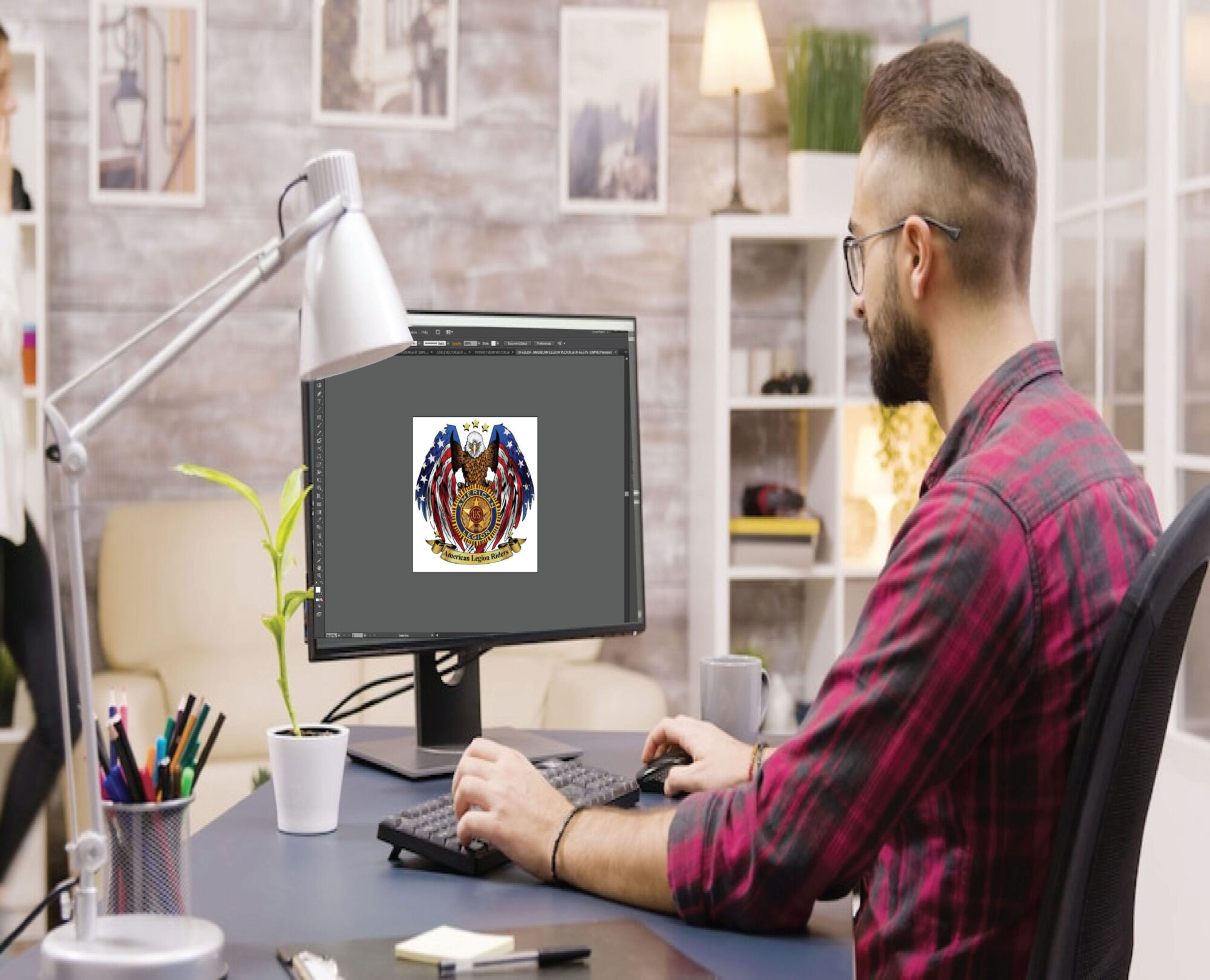Introduction
Converting JPG images to DST embroidery files opens up a world of creative possibilities, but finding the right conversion tool can mean the difference between frustration and flawless results. Whether you’re personalizing gifts or producing commercial embroidery, the conversion process requires specialized software that understands both digital images and embroidery machine requirements.
In this guide, we’ll explore the best JPG to DST file converter available today. You’ll learn about automatic conversion tools, professional digitizing software, and even some free options that can handle basic projects. We’ll cover what to look for in a good converter and how to avoid common pitfalls that lead to poor stitch quality.
Understanding DST Files
Why DST Format Matters
DST (Tajima) files are the industry standard because:
- Nearly all commercial embroidery machines read DST format
- They efficiently handle complex stitch data
- Support large design sizes
- Maintain consistent quality across different machines
Key Features of Quality DST Files
Well-converted DST files should have:
- Optimized stitch sequences
- Minimal unnecessary jumps
- Correct thread trims and ties
- Appropriate density for the fabric
- Machine-friendly color changes
Best Professional Conversion Software
1. Wilcom EmbroideryStudio
Price: $3,000+
Best for: Commercial embroidery businesses
Key Features:
- Industry-leading auto-digitizing
- Advanced manual editing tools
- Perfect stitch optimization
- Supports all machine formats
Why Choose: The gold standard for professionals who need complete control over every stitch.
2. Hatch Embroidery
Price: $999 or subscription
Best for: Serious hobbyists to small businesses
Key Features:
- Excellent auto-digitizing
- User-friendly interface
- Good manual adjustment tools
- Regular updates
Why Choose: Professional results at a more accessible price point than Wilcom.
Best Mid-Range Options
3. Embrilliance
Price: $129-$399
Best for: Small businesses and advanced hobbyists
Key Features:
- Modular pricing (buy only what you need)
- Good auto-digitizing capabilities
- Mac and PC compatible
- Frequent sales
Why Choose: Professional features without the professional price tag.
4. SewArt
Price: $75
Best for: Beginners and occasional users
Key Features:
- Simple auto-digitizing
- Basic manual adjustments
- Affordable entry point
- Easy learning curve
Why Choose: The most budget-friendly way to start converting designs.
Best Free Conversion Options
5. Ink/Stitch
Price: Free
Best for: Tech-savvy users willing to learn
Key Features:
- Open-source extension for Inkscape
- Complete manual digitizing control
- Supports multiple file formats
- Active user community
Limitations: Steep learning curve, no auto-digitizing.
6. MyEditor Online
Price: Free basic version
Best for: Quick conversions without software
Key Features:
- Web-based (no installation)
- Simple auto-digitizing
- File format conversion
- Pay-as-you-go upgrades
Limitations: Watermarked outputs, limited complexity.
Online Conversion Services
7. The Digitizing
Price: $15-$50 per design
Turnaround: 24-48 hours
Why Choose:
- Professional digitizers
- Unlimited revisions
- Fast service
8. Absolute Digitizing
Price: $12-$35 per design
Turnaround: 12-24 hours
Why Choose:
- Budget-friendly
- Quick service
- Good for simple designs
Step-by-Step Conversion Process
1. Prepare Your JPG Image
- Crop to focus on main subject
- Increase contrast
- Simplify colors
- Save as PNG with transparent background
2. Choose Your Conversion Method
- Auto-digitizing for quick results
- Manual digitizing for best quality
- Hybrid approach for balance
3. Optimize the Design
- Adjust stitch density (0.4-0.5mm typical)
- Set proper underlay
- Check stitch directions
- Minimize thread changes
4. Export as DST
- Select DST format
- Choose appropriate version
- Include design details in filename
Pro Tips for Better Conversions
Image Preparation
- Start with highest resolution possible
- Remove distracting backgrounds
- Consider creating an embroidery-specific version
Stitch Optimization
- Vary stitch lengths for visual interest
- Use fill stitches for large areas
- Satin stitches work best for outlines
Production Considerations
- Reduce stitch count for faster sewing
- Group similar colors together
- Add tie-offs where needed
Common Conversion Problems & Fixes
Problem: Blurry Details
Solution:
- Start with higher resolution image
- Clean up edges manually
- Avoid over-enlarging
Problem: Puckered Fabric
Solution:
- Add proper underlay stitches
- Reduce stitch density
- Use correct stabilizer
Problem: Thread Breaks
Solution:
- Check for overly dense areas
- Adjust tension settings
- Use better quality thread
Problem: Machine Rejects File
Solution:
- Verify correct DST version
- Check for corrupt files
- Reduce design complexity
When to Consider Professional Help
Outsourcing makes sense when:
- You lack time to learn digitizing
- Need complex designs converted
- Have one-time projects
- Require specialty techniques
Emerging Conversion Technologies
AI-Assisted Digitizing
- Automatically detects optimal stitch types
- Learns from your adjustments
- Saves time on complex designs
Cloud-Based Solutions
- Access from any device
- Collaborative features
- Automatic updates
Mobile Apps
- Quick conversions on the go
- Camera-to-stitch functionality
- Social sharing features
Conclusion
Converting JPG images to DST embroidery files requires the right tools and techniques, but doesn’t need to be complicated. Whether you choose professional software like Wilcom, mid-range options like Hatch, or free tools like Ink/Stitch, the key is matching the solution to your specific needs and skill level.
Remember that even with the best software, test stitches are essential. Start with simple designs, learn from each conversion, and gradually tackle more complex projects. With practice and the right tools, you’ll be creating perfect DST files from any image in no time.
Now that you know the best conversion options available, why not try transforming your first image today? Your next embroidered masterpiece is just a few clicks away.



